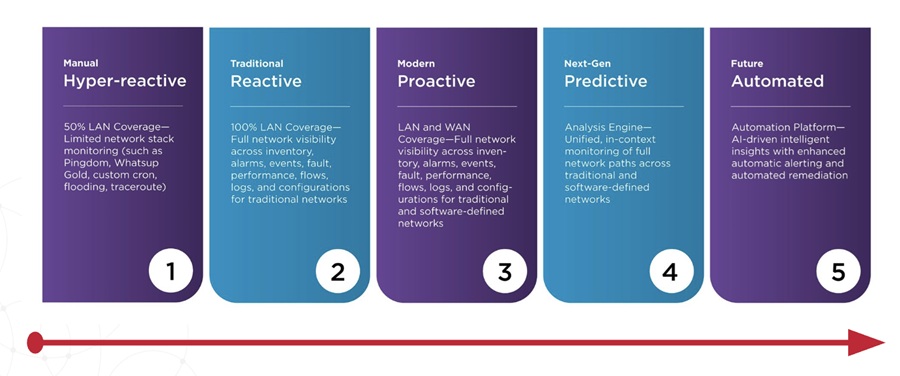Following the global recovery from the COVID-19 pandemic, surging inflation emerged as the primary factor adversely impacting markets in 2022. Despite the Federal Reserve's repeated interest rate hikes, inflation has persisted at alarmingly high levels. Just as it appeared that the Fed's actions were beginning to alleviate inflationary pressures, the markets were confronted with a new challenge – the insolvency of banks. The value of hold-to-maturity Treasury bonds plummeted so significantly that any increase in withdrawal of deposits threatened to turn paper losses into realized losses. Tragically, Silicon Valley Bank (SVB), a crucial contributor to the Silicon Valley innovation ecosystem, fell victim to a bank run, prompting federal agencies to intervene and shut it down.
With mortgage rates surpassing 6%, they have reached their highest point in years. The current wave of layoffs in the technology sector is impacting both major tech firms and startups alike. This broader economic environment has led to a decline in consumer spending, prompting companies to reduce expenses in order to endure the storm and extend their financial runway. Global uncertainties, such as the ongoing conflict in Ukraine and tense US-China relations, have made public market investors increasingly cautious.
The sweeping macroeconomic shifts have influenced both public and private markets. In 2021, amid lower costs of capital, it was not uncommon to see venture deals getting done at 40-50x next-twelve-month (NTM) revenue multiples, reflecting trends in public markets where top-performing SaaS companies received median valuations of 25-30x NTM revenue multiples. Although there was optimism that some firms would grow into these valuations, relying on hope is not a viable strategy.
As a result of these macro level changes, discipline has returned to early-stage startup valuations. The pendulum may have swung too far in the opposite direction, potentially hindering high-performing startups from raising capital at their previous valuations. The emphasis has now appropriately shifted from a growth-at-all-costs mentality to building resilient businesses.
Amid the overall economic deceleration, the cloud infrastructure and cybersecurity industries have demonstrated relatively strong performance compared to other sectors. This can be attributed to the fact that digital applications today are not merely supplementary to businesses; in many instances, they are the core of the business. Maintaining customer satisfaction necessitates reliable cloud infrastructure, while robust cybersecurity investments are essential for safeguarding data. In some cases, the lines between cloud and cybersecurity are becoming increasingly blurred. The following are some notable trends in cloud infrastructure:
1. Kubernetes Security and Observability
When managing large-scale operations, platform teams often face challenges in connecting Kubernetes clusters, implementing security policies, and monitoring events to resolve performance issues.
New opportunities out there address these specific problems through open-source eBPF and Cilium projects which enable businesses to streamline their Kubernetes operations by providing comprehensive visibility, enhanced security, and improved performance across their clusters. By leveraging eBPF (Extended Berkeley Packet Filter), a modern Linux kernel technology, these companies offer a powerful and flexible approach to networking, security, and observability. Other open-source projects built on top of eBPF further extend these capabilities by providing API-aware network security and load balancing for container orchestration systems like Kubernetes.
2. MLOps/LLMOps
Although machine learning models frequently exhibit outstanding performance on a data scientist's machine, fewer than half of these models are effectively deployed to provide predictions in real-world settings. MLOps introduces tools, methodologies, and integrations that simplify the process of operationalizing machine learning, ensuring that models are not only accurate but also scalable and maintainable. In late 2022, ChatGPT garnered significant attention in the tech industry for its ability to generate predominantly accurate and well-structured responses to user-generated prompts. The success of ChatGPT highlighted the potential for large language models to transform various aspects of enterprise operations, including customer support, content generation, and data analysis.
As more businesses recognize the value of integrating large language models into their workflows, the demand for MLOps/LLMOps solutions is expected to grow. These solutions will help organizations overcome common challenges associated with deploying and managing machine learning models, such as data versioning, model monitoring, and continuous integration and deployment. By adopting MLOps/LLMOps practices, enterprises can ensure that their machine learning models remain reliable, efficient, and effective in addressing real-world problems and enhancing overall productivity.
3. Confidential Computing
This refers to the methods employed to facilitate the training of machine learning models and the execution of analytics on encrypted data. Over the past decade, numerous approaches have been proposed by academic researchers, but many have faced challenges in scaling up for production environments. Unique solutions include companies that assist organizations in leveraging secure hardware enclaves to share and harness confidential data effectively. By utilizing secure hardware enclaves, organizations can collaborate and share valuable data without compromising security or privacy. This groundbreaking approach has the potential to unlock new insights and drive innovation in industries where data protection is of utmost importance, such as finance, healthcare, and government.
4. WebAssembly
This innovative technology initially gained traction within web browsers, enabling the seamless extension of desktop application-like capabilities to browser environments. WebAssembly allows developers to compile high-level programming languages into bytecode that can be executed efficiently in web browsers, resulting in improved performance and greater flexibility. Thanks to recent technological advancements, WebAssembly has expanded beyond browser-based applications, finding its way into server-side implementations. This breakthrough enables new server-side applications to leverage WebAssembly's speed, security, and portability benefits. For edge ML use cases, WebAssembly presents an intriguing option for enterprise architectures.
For visionary founders addressing technical challenges in sizable emerging markets, capital remains consistently accessible. What sets the current situation apart is the availability of exceptional founding employees, who would typically be recruited by large companies during bull markets. The next few years present a tremendous opportunity for founders to disregard macro-level fluctuations and concentrate on developing remarkable products that tackle genuine problems.


